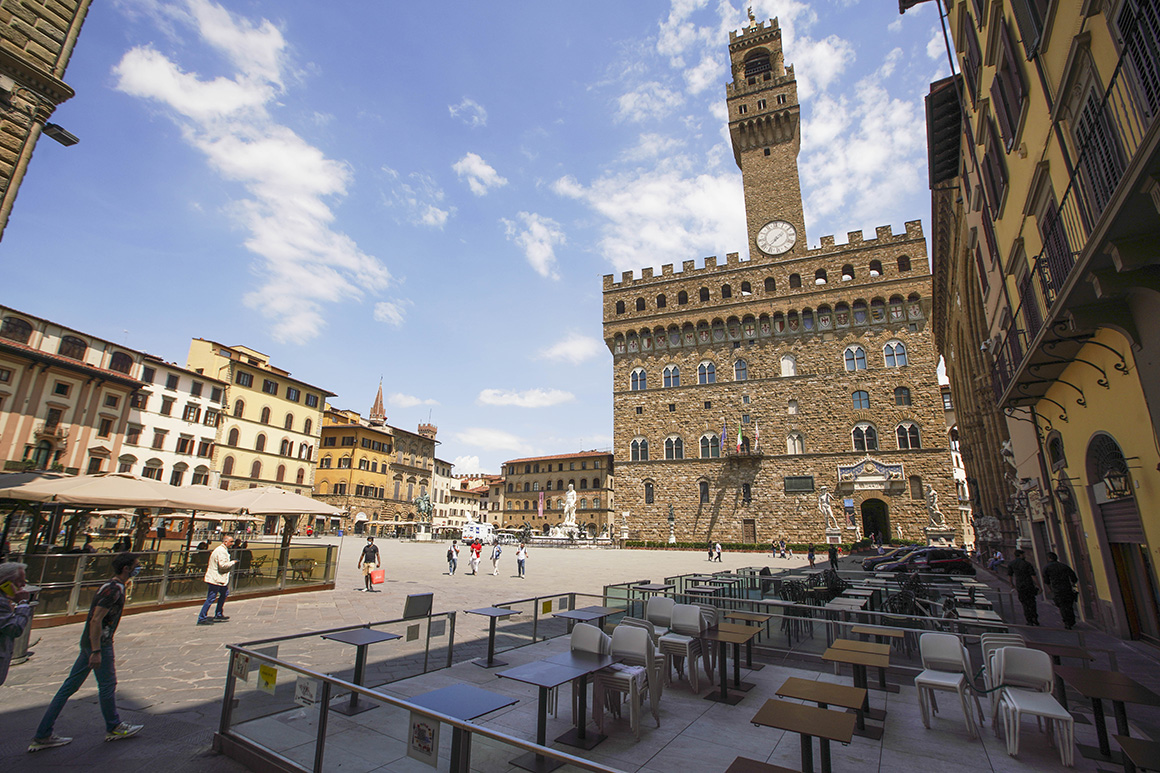
Jha and other public health experts say that America’s piecemeal, politicized approach to fighting coronavirus has left the United States ever-further behind the Western European nations that were similarly threatened by the virus but moved more judiciously to fend it off. They also say that Western Europe is a better comparison point for the United States than nations like South Korea and Singapore, which had been scarred by previous viral outbreaks and were more prepared to handle the arrival of Covid-19. After the damaging initial spike in cases, European Union members’ total daily case count is now about one-eighth of the U.S. daily cases — despite having roughly the same population.
“Both we and Western Europe were really slow to act,” said Jeremy Konyndyk of the Center for Global Development, who helped oversee international aid efforts during the Obama administration. “But the worst performers in Europe with the bad luck to get hit first, like Italy and Spain … they are now down 85, 95 percent in terms of case counts from the peak.”
“In the US, we’ve struggled to get it down one-third — and in the last few days, it looks like it could rebound again,” Konyndyk added.
Partisan fights bog down U.S. response
Public health experts cited multiple factors for why the fortunes of the United States have differed from Western Europe — starting with the intense politicization that worked against a disciplined response, and the federal government’s decision to let individual states take the lead in reopening. The decisions of some states to end their lockdowns as early as possible — at levels of infection considerably higher than those that triggered reopening in Western Europe — appear to have consigned the United States to a far longer battle with the virus.
President Donald Trump and some Republican governors have bristled at public health experts’ advice, questioning predictions on viral spread and pushing back on recommended lockdowns. GOP-led states like Georgia and Texas reopened their economies despite requests from public health experts to wait for more testing and fewer cases.
Meanwhile, Trump’s allies and pundits on Fox News pushed malaria drugs as possible Covid-19 cures, despite scant evidence, leading to largely fruitless efforts that consumed the time of senior federal officials — including scientists whose time would have been better spent pursuing other therapies.
“There are plenty of people, on cable TV and elsewhere, who exploited that the virus was primarily in New York and other places to say that it’s a blue state problem,” said Harvard’s Jha. “They’d ask, ‘Why are we shutting down Montana when the problem is Manhattan?’”
Democrats, meanwhile, didn’t condemn hundreds of thousands of people for violating restrictions on mass gatherings to protest police brutality this month. Instead, governors like New Jersey’s Phil Murphy and Michigan’s Gretchen Whitmer broke the lockdown orders that they had extended just days before to join the protests themselves — moves that confused many Americans about the need for social distancing and fueled charges of hypocrisy from conservatives.
Even basic protections have been politicized in the United States. Trump has eschewed a mask in public and has sometimes mocked others for wearing face coverings — despite requirements that people wear masks in certain states and ample science that they work to prevent the virus’ spread.
The president also swiped at mask-wearers in a Wall Street Journal interview last Wednesday, suggesting that some Americans are wearing coverings to signal their disapproval with him. He has repeatedly voiced his hesitation about the widespread coronavirus testing urged by public health experts, including controversial remarks at his rally on Saturday.
„When you do testing to that extent, you’re going to find more people,“ Trump said during his rally in Tulsa, Okla. „You’re going to find more cases. So I said to my people, slow the testing down please.“ White House officials claimed Trump was joking.
But in Italy, there’s been much less disagreement over scientists’ recommendations — including lockdowns that were more restrictive than those applied in the United States — particularly after the virus swiftly tore through the nation in early March, peaking at 6,557 new cases announced on March 21. (Adjusted for population, that would be equivalent to about 35,400 new cases in the United States.) While some protested, residents largely went along with restrictions that effectively banned jogging, instituted one-at-a-time entry policies for grocery stores and saw the Pope livestream his Easter Mass from an empty St. Peter’s Basilica.
That still wasn’t enough to spare Italy from horrific consequences in the early spring: Doctors had to make decisions on the fly about who would get life-saving care when there weren’t enough beds to go around. Dead bodies had to be stored in sealed-off rooms until funeral services were available in the worst-hit regions.
Source: politico.com
See more here: news365.stream






